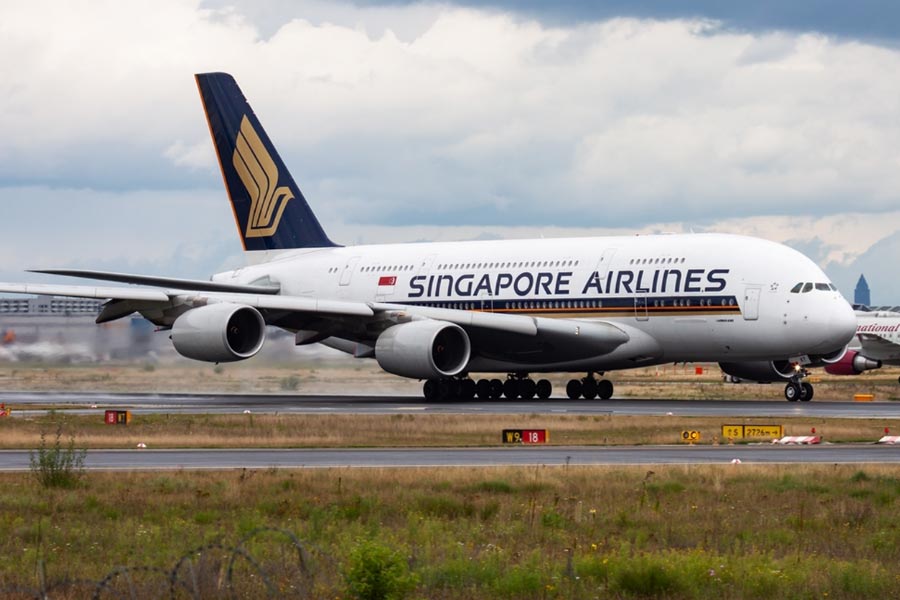The death of a British man and injuries impacting dozens of other people aboard a Singapore Airlines flight that hit severe turbulence on Tuesday highlighted the potential dangers of flying through unstable air.
The exact cause of the 73-year-old man’s death is under investigation. Authorities said he may have suffered a heart attack, though that hasn’t been confirmed. Based on witness accounts, the number of injuries and the airliner’s sharp descent, experts point to the significant safety hazards that in-flight turbulence poses to airline passengers and crews.
While turbulence-related fatalities are quite rare, injuries have piled up over the years. Some meteorologists and aviation analysts note that reports of turbulence encounters also have been increasing and point to the potential impacts that climate change may have on flying conditions.
However, most incidents of planes hitting bumpy air are minor and airlines have made steady improvements to reduce accident rates from turbulence over time. Experts advise air travellers to stay vigilant, stressing the importance of wearing a seat belt whenever possible as a first line of protection.
Turbulence is essentially unstable air that moves in a non-predictable fashion. Most people associate it with heavy storms. But the most dangerous type is clear-air turbulence, which often occurs with no visible warning in the sky ahead.
Clear-air turbulence happens most often in or near high-altitude rivers of air called jet streams. The culprit is wind shear, which is when two huge air masses close to each other move at different speeds. If the difference in speed is big enough, the atmosphere can’t handle the strain, and it breaks into turbulent patterns like eddies in water.
“When you get strong wind shear near the jet stream, it can cause the air to overflow. And that creates these chaotic motions in the air,” Thomas Guinn, chair of the applied aviation sciences department at Embry-Riddle Aeronautical University in Daytona Beach, Florida, explained.
Tracking the total number of turbulence-related injuries around the world is difficult. However, some individual countries publish national data.
More than one-third of all airline incidents in the US from 2009 through 2018 were related to turbulence, and most of them resulted in one or more serious injuries but no damage to the plane, the National Transportation Safety Board reported.
Between 2009 and 2022, 163 people were injured seriously enough during turbulence events to require hospital treatment for at least two days, according to NTSB figures. Most of them were flight attendants, who are particularly at risk since they are more likely to be out of their seats during a flight.
Investigations are underway into what happened during Tuesday’s Singapore Airlines flight. The carrier said the Boeing 777-300ER descended around 1,800 metres in about three minutes after hitting severe turbulence over the Indian Ocean.
Preliminary casualty figures from the airport and a hospital in Bangkok, where the plane headed from London to Singapore landed in stormy weather, indicated that in addition to the one death, six or seven passengers were severely injured. Dozens of other travellers and crew members were reported to have suffered moderate or less serious injuries.
“It’s not uncommon to have turbulence encounters that cause minor injuries up to, say, a broken bone,” said Larry Cornman, a project scientist at the National Science Foundation’s National Centre for Atmospheric Research who has long studied turbulence. “But fatalities are very, very rare — especially for large transport aircraft.”
According to Stuart Fox, director of flight and technical operations at the International Air Transport Association, the last clear air turbulence-related death reported from a major carrier took place in 1997. A few fatalities on smaller planes have been reported since, including a death on a private jet last year.











